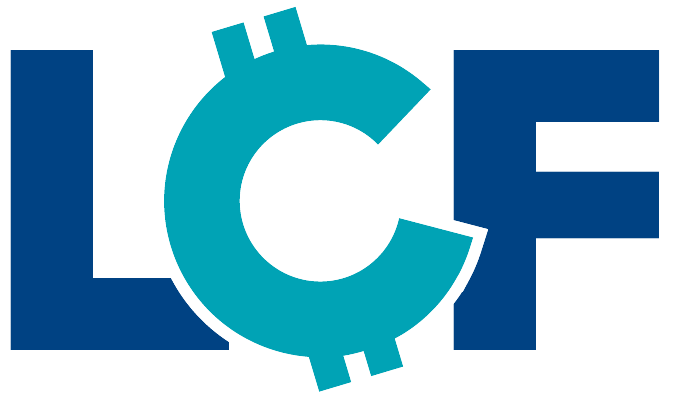Financial Strategies for Restaurant Owners: A Comprehensive Guide
Lets Get Started
Running a restaurant is a complex but rewarding endeavor. Restaurant owners face unique challenges in managing their finances due to the industry’s inherent fluctuations and the need to balance various costs with unpredictable revenue streams. Effective financial planning and strategic cost management can significantly enhance a restaurant’s financial health and overall success.
How Restaurant Owners Make Profit
Profit in the restaurant business is achieved by carefully managing the difference between the revenue generated from sales and the expenses incurred. Key factors influencing profit margins include menu pricing, food costs, labor costs, and overhead expenses. By optimizing these elements, restaurant owners can increase their profitability. Strategies such as offering high-margin menu items, reducing food waste, and improving operational efficiency play a crucial role in boosting the bottom line.
What is a Financial Plan for a Restaurant?
A financial plan for a restaurant is a comprehensive roadmap that outlines the business’s financial goals and the strategies to achieve them. It includes detailed projections of revenue, expenses, and profit over a specified period. The financial plan covers various aspects such as start-up costs, operational expenses, cash flow management, and funding requirements. It also involves setting benchmarks for financial performance and regularly reviewing them to ensure the business stays on track.
The Importance of Financial Statements
Financial statements are critical tools for restaurant owners to assess their business’s financial health. The main financial statements include:
Income Statement (Profit and Loss Statement): Shows the restaurant’s revenue, expenses, and net profit over a specific period.
Balance Sheet: Provides a snapshot of the restaurant’s assets, liabilities, and equity at a particular point in time.
Cash Flow Statement: Tracks the inflows and outflows of cash, highlighting how well the restaurant manages its cash to meet short-term obligations.
Financial Management in the Restaurant Industry
Financial management involves planning, organizing, directing, and controlling the financial activities of the restaurant. It encompasses budgeting, forecasting, cash flow management, and financial reporting. Effective financial management ensures that the restaurant can meet its financial obligations, invest in growth opportunities, and achieve long-term sustainability.
Profits vs. Cash Flow: Understanding the Difference
While profit represents the financial gain after all expenses are deducted from revenue, cash flow refers to the actual inflows and outflows of cash in the business. A restaurant can be profitable but still face cash flow issues if it doesn’t manage its liquidity well. Effective cash flow management ensures the restaurant can cover day-to-day expenses, invest in growth, and navigate through financial challenges.
Reviewing Financial Plans Regularly
Restaurant owners should review their financial plans at least quarterly. Regular reviews help in assessing the business’s financial performance against set benchmarks, identifying any discrepancies, and making necessary adjustments. This proactive approach helps in adapting to market trends, changing customer preferences, and unforeseen challenges, ensuring the restaurant remains financially healthy.
Managing Food Costs Effectively
Food costs are one of the most significant expenses for a restaurant. Effective management involves:
Inventory Management: Keeping track of inventory to reduce waste and prevent over-ordering.
Menu Engineering: Analyzing the profitability of menu items and adjusting prices or portions accordingly.
Supplier Negotiations: Building good relationships with suppliers to secure better prices and terms.
Choosing the Best Accounting Software
Selecting the right accounting software is crucial for efficient financial management. Factors to consider include:
Ease of Use: The software should be user-friendly and easy to navigate.
Features: Look for features like expense tracking, sales data analysis, payroll management, and integration with POS systems.
Scalability: The software should be able to grow with your business.
Cost: Ensure the software fits within your budget without compromising essential features.
High Food Costs but Low Sales: Addressing the Issue
Certain menu items may have high food costs but low sales, affecting overall profitability. Strategies to address this include:
Menu Analysis: Regularly review sales data to identify underperforming items.
Promotions: Use marketing strategies to promote these items, such as special offers or highlighting them on the menu.
Recipe Adjustments: Modify recipes to reduce costs without compromising quality.
Effective Debt Management Strategies
Managing debt effectively is vital for maintaining financial stability. Strategies include:
Consolidation: Combining multiple debts into a single, lower-interest loan.
Prioritization: Paying off high-interest debts first.
Negotiation: Working with creditors to renegotiate terms or reduce interest rates.
Cost Control Strategies to Improve Profitability
Cost control is essential for enhancing profitability. Key strategies include:
Optimizing Labor Costs: Scheduling staff based on demand, cross-training employees, and using labor management software.
Reducing Waste: Implementing portion control, using leftovers creatively, and monitoring spoilage.
Energy Efficiency: Investing in energy-efficient appliances and practices to reduce utility costs.
Increasing Restaurant Profitability
To increase profitability, restaurant owners can:
Expand Revenue Streams: Introduce online ordering, catering services, or merchandise sales.
Enhance Customer Experience: Focus on delivering exceptional dining experiences to encourage repeat business.
Leverage Technology: Use POS systems and management software to streamline operations and improve decision-making.
Managing Labor Costs Effectively
Labor costs can be the difference between a restaurant’s success and failure. Effective management includes:
Accurate Scheduling: Use software to forecast demand and schedule staff accordingly.
Cross-Training: Train employees to perform multiple roles, providing flexibility in staffing.
Performance Incentives: Offer bonuses or incentives to boost productivity and morale.
Merchant Cash Advances: A Viable Solution for Quick Capital
When restaurants need capital in real-time or have less-than-perfect credit, Merchant Cash Advances (MCAs) are an excellent solution. MCAs provide fast access to funds based on future revenue, with flexible repayment* terms tied to sales. Unlike small business loans, MCAs do not require a high credit score, making them accessible to more restaurateurs.
Conclusion: Restaurant Finances Are Key
Effective financial strategies are crucial for the success and sustainability of any restaurant. Restaurant entrepreneurs need to look past the day to day restaurant operations and focus on comprehensive financial planning and efficient cost expenditure management to navigate the challenges of the industry and achieve long-term financial success. Regular reviews, strategic investments, and a keen understanding of financial health will ensure that restaurateurs can continue to provide exceptional dining experiences while maintaining profitability.
*Repayment in this context describes the process of repurchasing a merchant cash advance. It does not describe the process of repaying a loan. MCAs are legally distinct from loan products.





